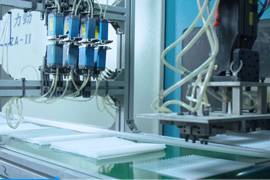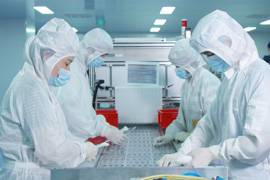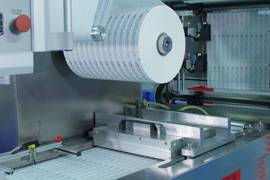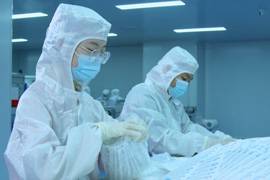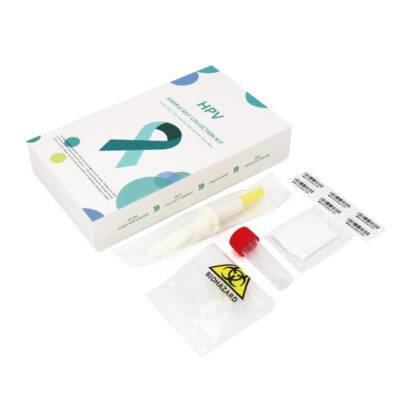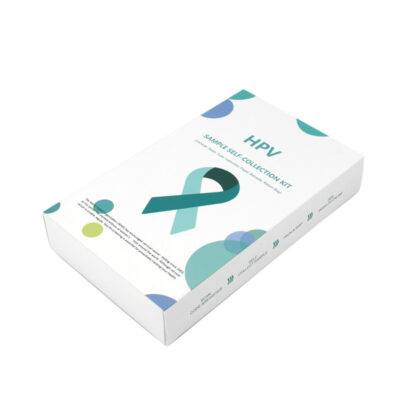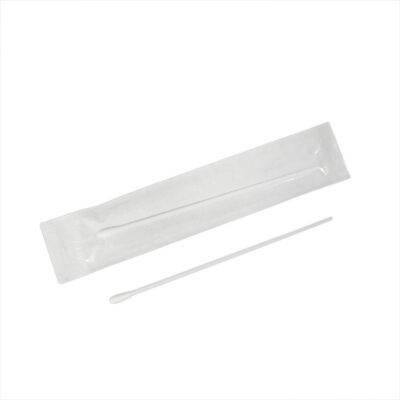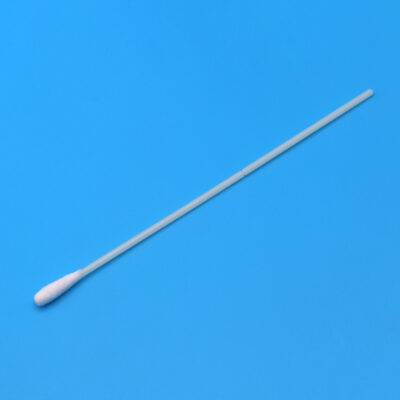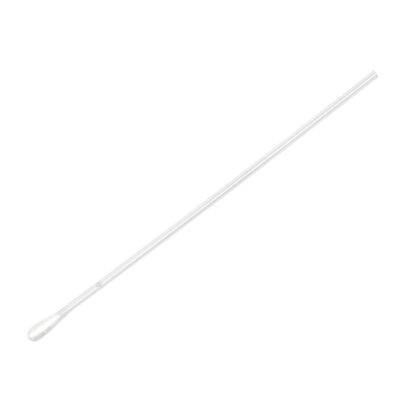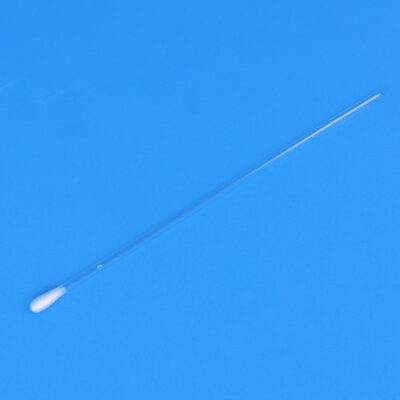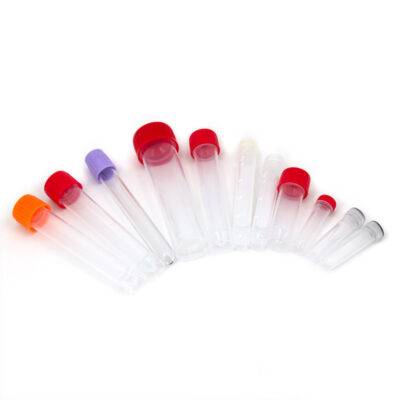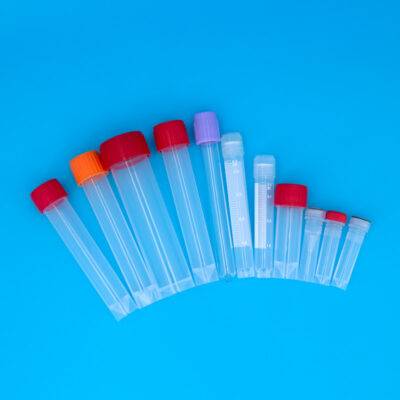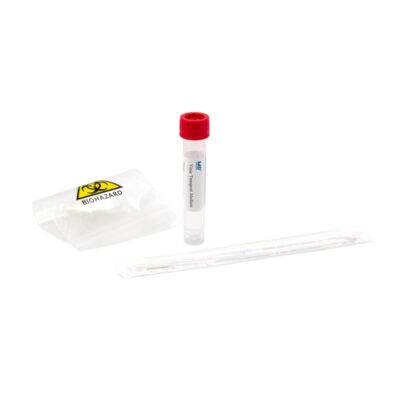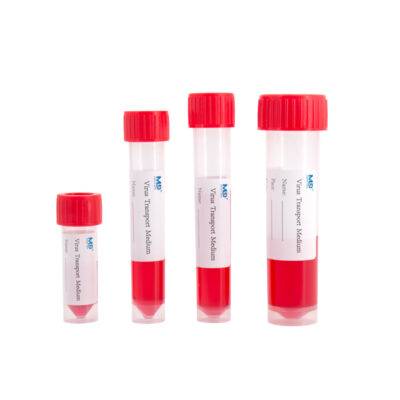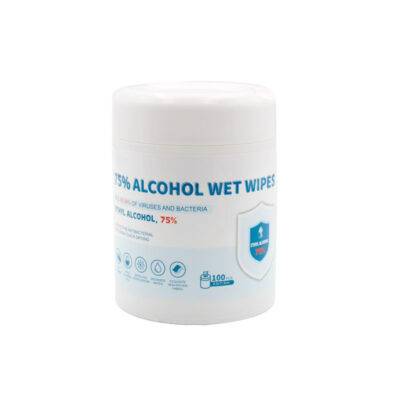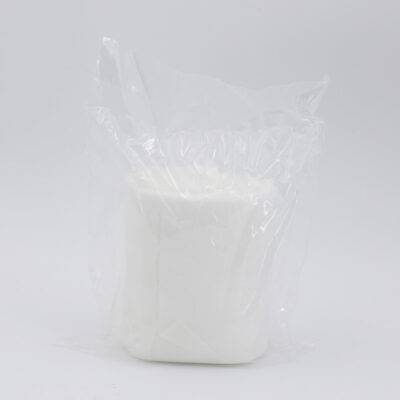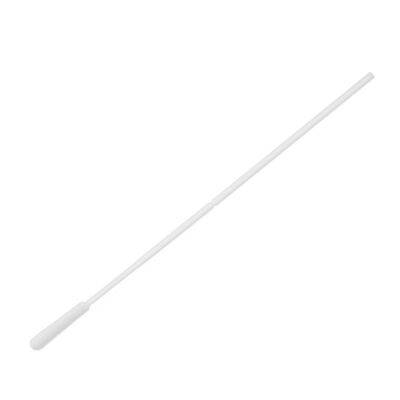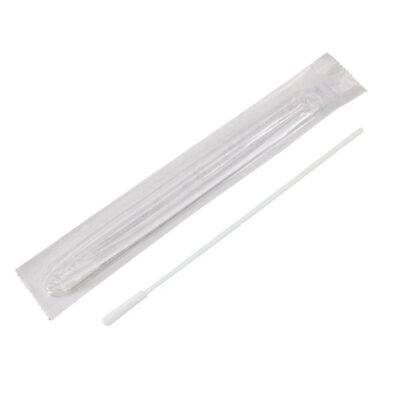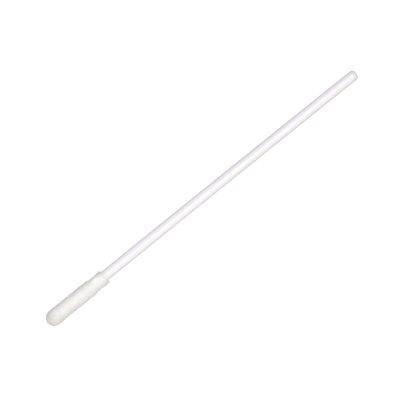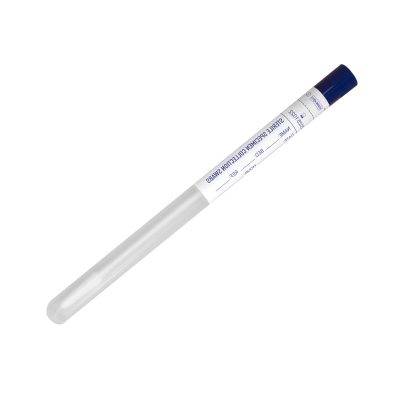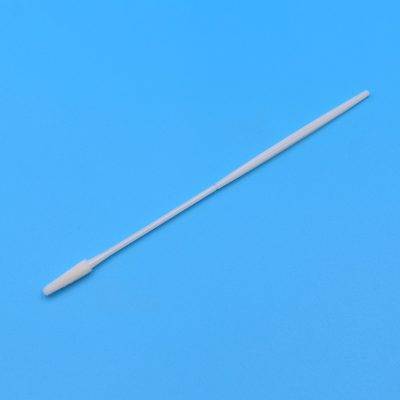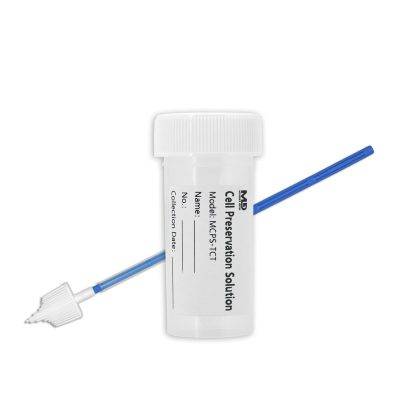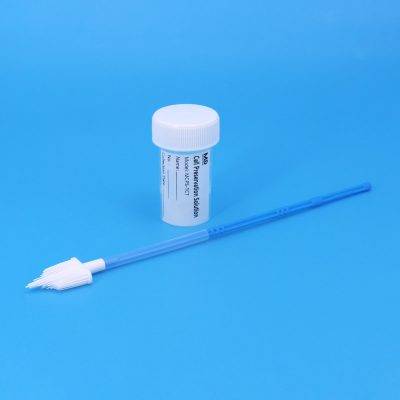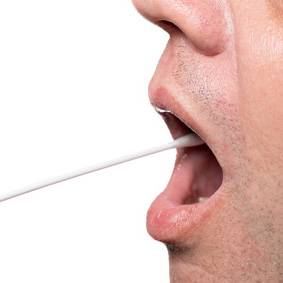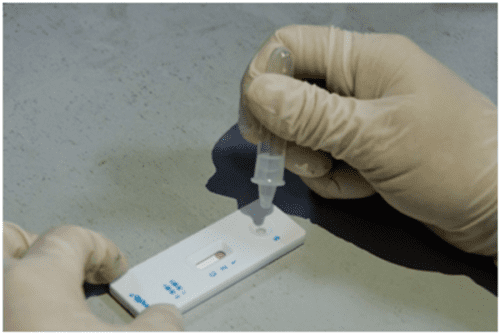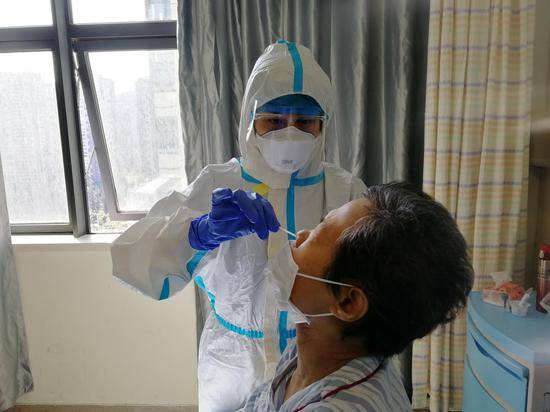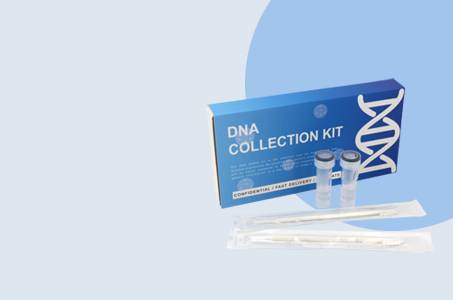Home 7 – Face Masks
February 8, 2021 2025-12-30 2:14Home 7 – Face Masks





medi-hk.cn is a professional manufacturer and supplier of flocked swab,foam swab,disinfectant swab&applicator and medical test kits
The company is committed to becoming a leader in molecular diagnosis, genetic testing and detection reagent industry.
As consumables manufacturer in the field of in vitro diagnostic, We follows the relevant laws and regulations of China's food and drug administration, and gets the medical device production permission certificate and the medical products registration certificate of Class 2 , and gets CE, FDA, ISO13485.
Years of Experience
Has Exported To
Received More Than
Successful work with
Featured Products
We have various products and a strong responsibility to ensure a good quality, a reasonable price and a satisfactory service to meet customers’ requirements.


Self-Collection Kits


News & Blog
The Difference Between Inactivated and Non-Inactivated Viral Sampling Tubes
Viral sampling tubes play a critical role in disease detection, virus research, and clinical diagnostics. These tubes are generally divided into inactivated and non-inactivated types. Understanding the distinction between them is essential for laboratories, healthcare workers, and researchers who need to choose the right type for their testing purpose. The major difference between these two lies in the composition of the transport medium—specifically, whether it contains substances that can destroy or preserve the virus. I. Main Difference: Presence or Absence of a Virus-Inactivating Agent Feature Inactivated Viral Sampling Tube Non-Inactivated Viral Sampling Tube Core Components Contains virus-lysing ingredients such as guanidine hydrochloride, guanidine isothiocyanate, or detergents like SDS. These components denature viral proteins and inactivate the virus. Free of lysing chemicals. It mainly includes nutrient buffers like Hank’s Balanced Salt Solution, antibiotics to inhibit microbial growth, and protein stabilizers (e.g., Bovine Serum Albumin) to maintain viral viability. Main Function Rapidly destroys viral particles and their protein shells, making the virus non-infectious while preserving nucleic acids for testing. Keeps the virus alive and intact, maintaining its infectivity and structure for various downstream applications. Biosafety High biosafety level. Since the virus is inactivated, it minimizes infection risk during handling, transport, and testing. Lower biosafety level. The virus remains live and must be handled under BSL-2 or BSL-3 containment conditions. Primary Applications Ideal for nucleic acid amplification tests (NAATs) such as PCR or RT-PCR. The lysis buffer protects viral RNA/DNA from degradation. Used for virus culture, antigen detection, vaccine research, and neutralization tests, which require intact viral particles. Storage and Transport Can usually be stored and shipped at room temperature for extended periods (e.g., up to 72 hours). Requires cold chain transport (2–8°C) and shorter transfer times, typically within 48 hours. Testing Sensitivity Highly sensitive for detecting nucleic acids. However, some inhibitors in the lysis buffer might slightly interfere with PCR reactions. Provides excellent sensitivity for culture-based or antigen tests, as it maintains live viral particles. For PCR, degraded samples can reduce accuracy. II. Choosing the Right Type Based on Application Selecting between inactivated and non-inactivated sampling tubes depends mainly on testing purpose and biosafety requirements. 1. Large-Scale Clinical Testing and Routine Diagnosis – Choose Inactivated Tubes Purpose: Fast nucleic acid testing (PCR or RT-PCR).Advantages: 2. Research, Vaccine Development, and Viral Isolation – Choose Non-Inactivated Tubes Purpose: Studies requiring live virus.Advantages: 3. Antigen Detection (Rapid Tests) Both tube types can technically be used for antigen testing, but non-inactivated tubes are generally preferred.Reason: The inactivation process may alter viral proteins, potentially lowering antigen test sensitivity. Non-inactivated media help retain native protein structures for more accurate antigen detection. III. Summary Comparison Aspect Inactivated Sampling Tube Non-Inactivated Sampling Tube Main Purpose Nucleic acid detection (PCR/RT-PCR) Virus culture, antigen testing, and research Virus State Dead/inactivated Live/active Biosafety High – safer to handle Lower – requires containment Transport Conditions Room temperature Cold chain (2–8°C) Best For Clinical diagnostic testing Research, vaccine, and laboratory studies In Simple Terms If your goal is PCR-based virus detection, choose inactivated viral sampling tubes — they are safer and easier to manage during transport.If your work involves live virus studies or antigen research, you’ll need non-inactivated viral sampling tubes that preserve viral integrity. MEIDIKE GENE, a trusted brand of Medico Technology Co., Ltd., provides high-quality inactivated and non-inactivated viral sampling tubes with customizable specifications and OEM/ODM services.MEIDIKE GENE Viral Transport Media VTM Kits
The Advantages of Oral Fluid Drug Testing in Workplace Drug Screening
In today’s fast-paced and competitive work environment, maintaining a drug-free workplace is crucial. Implementing effective drug screening methods is vital for both the safety and productivity of employees. While traditional methods like urine or hair drug testing have been widely used, oral fluid drug testing is emerging as a more convenient and reliable alternative. In this article, we will explore the advantages of oral fluid drug testing in workplace drug screening. Non-Invasive and Convenient Oral fluid drug testing offers a non-invasive and straightforward collection process. Unlike urine or hair testing, which may require special facilities or privacy concerns, oral fluid testing can be conducted on-site without any discomfort to the employees. It involves collecting a small amount of saliva using an absorbent pad or oral swab, making it a more convenient and less intrusive method. Immediate and Accurate Results One of the significant advantages of oral fluid drug testing is the faster turnaround time for results. Unlike urine or hair testing, which may take several days to weeks for results, oral fluid testing provides immediate results. This quick turnaround time allows for prompt decision-making in critical situations, such as pre-employment screenings or after an accident in the workplace. Moreover, oral fluid testing offers high accuracy in detecting recent drug use. Since drugs remain detectable in oral fluids for a shorter duration compared to urine or hair, the results primarily reflect recent drug use, providing employers with real-time information on an employee’s drug use habits. Wide Range of Drug Detection Oral fluid drug testing offers a wide detection window, capable of detecting a broad range of drugs commonly abused in the workplace. It can detect recent use of illicit drugs, including marijuana, cocaine, amphetamines, opiates, and even prescription medications. This comprehensive detection capability provides employers with a holistic overview of an employee’s drug use habits, leading to better decision-making regarding employee safety and workplace policies. Increased Deterrence The implementation of oral fluid drug testing can act as a strong deterrent for workplace drug use. With its non-invasive, observed collection method and immediate results, employees are less likely to engage in drug use, knowing they can be tested at any time. This creates a safer and more productive work environment, reducing the risk of accidents, absenteeism, and impaired job performance.
How Do Influenza Testing Kits Work?
Amid flu seasons or viral outbreaks, swift and accurate diagnostics are imperative. Influenza testing kits have become indispensable tools for healthcare professionals in promptly identifying influenza viruses. Understanding Influenza Influenza, commonly known as the flu, is a contagious respiratory illness triggered by influenza viruses. There exist four types of influenza viruses: A, B, C, and D. Type A and B strains typically drive seasonal flu outbreaks, whereas type C and D induce milder symptoms. Flu test kits predominantly aim to detect types A and B viruses. Types of Influenza Testing Kits 1. Rapid Influenza Diagnostic Tests (RIDTs) RIDTs are the most commonly used flu test kits due to their simplicity and quick turnaround time. These kits detect the presence of influenza antigens, proteins found on the surface of the virus, within a patient’s respiratory specimen. The process involves the interaction between the antigens and specific antibodies present in the kit. 2. Molecular Tests Molecular tests, such as polymerase chain reaction (PCR) and nucleic acid amplification testing (NAAT), represent more advanced and precise methods for flu detection. These tests identify the virus’s genetic material (RNA) by amplifying it through a series of biochemical reactions. Molecular tests boast high sensitivity and can discern between influenza types and subtypes. Steps Involved in Influenza Testing 1. Sample Collection The initial step in conducting a flu test encompasses collecting a respiratory specimen from the patient. This can be achieved using nasal swabs, throat swabs, or, in some instances, nasal aspirates or washes. Ideally, the sample should be taken within the first few days of symptom onset for accurate results. 2. Test Procedure For RIDTs, the collected sample is mixed with a buffer solution provided in the kit. The mixture is then applied to a test strip or cassette containing antibodies specific to the influenza antigens. If the sample harbors influenza antigens, a visible line appears on the strip, indicating a positive result. Advantages and Limitations Influenza testing kits offer numerous advantages, including: However, it’s crucial to acknowledge the limitations of flu test kits:
Precautions for Nasopharyngeal Swab Sampling
Nasopharyngeal swabs are mainly used for nasal and throat sampling of respiratory and intestinal viruses such as influenza, swine flu, avian influenza, hand, foot and mouth, etc. When using nasopharyngeal sampling swabs, attention should be paid to the following precautions, otherwise it will not only affect the accuracy of sampling, but also cause serious injury to the taker. Preparation before sampling: Hand the virus sampling tube to the patient, let the patient take the virus sampling tube, inform the patient that there may be discomfort during the sampling process, and inform the sampling tube to be held vertically, let the patient concentrate on holding the sampling tube, this way The patient’s attention can be focused on the sampling tube to reduce the discomfort caused by nasopharyngeal irritation during the sampling process. Nasal swab patient is unwell, take a deep breath Posture during sampling: Tilt the patient’s head back 70 degrees to straighten the passage between the nose and nasopharynx. Standard sampling method: “One insertion, Two stop and Three rotations”-measure the distance from the tip of the nose to the front of the ear, half the insertion length, usually about 4 cm for adults; stay for 15-30 seconds to absorb nasopharyngeal secretions (It depends on the patient’s tolerance, the minimum stay time is not less than 3 seconds; take out the nasopharyngeal swab around the rotating joint slowly. Tips: (1) The sampler stands on the side of the patient and asks the patient to pull down the mask to expose only the nostrils. Once the sneeze reflex occurs, the patient can be covered by the elbow or paper towel. The sampler is not directly in front of the patient, and the exposure risk is considerably lower. (2) In many clinical patients, turbinate hypertrophy and nasal passage are narrow. When the throat swab is inserted with resistance, you can not use force rashly. You can try to change one side of the nasal cavity or directly change to oropharyngeal swab collection. People with nasal allergies can easily induce sneezing, and it is recommended to take an oropharyngeal swab. Source: Medico Technology Co., Ltd

Flat/Rm. 1181/F Tuspark 118
Wai Yip Street
Kwun Tong, Kowloon, Hong Kong.

+852 5440 2289
Call us to get support

[email protected]
Email us now

Mon-Sat : 08.30 - 18.00
Open hours

